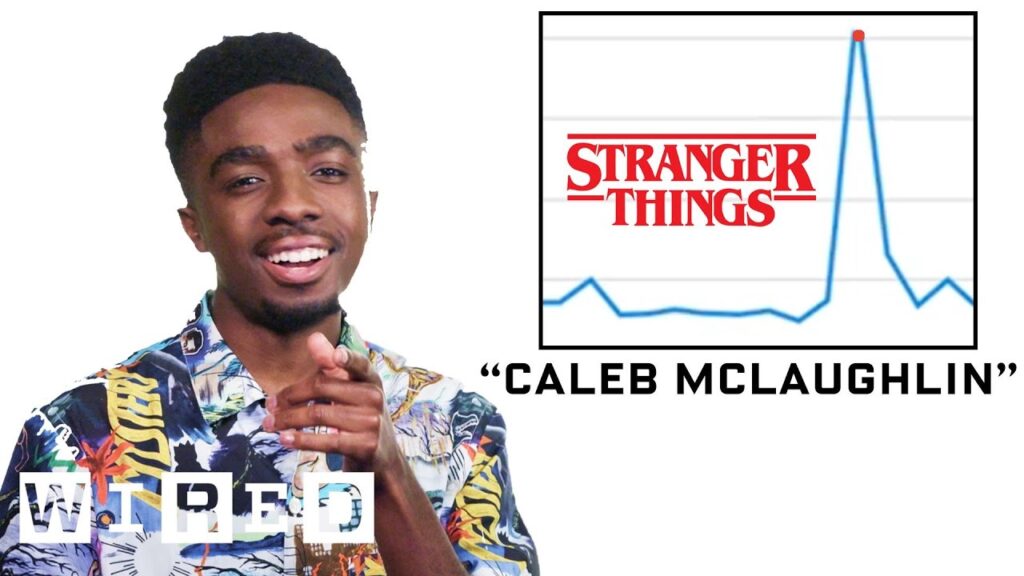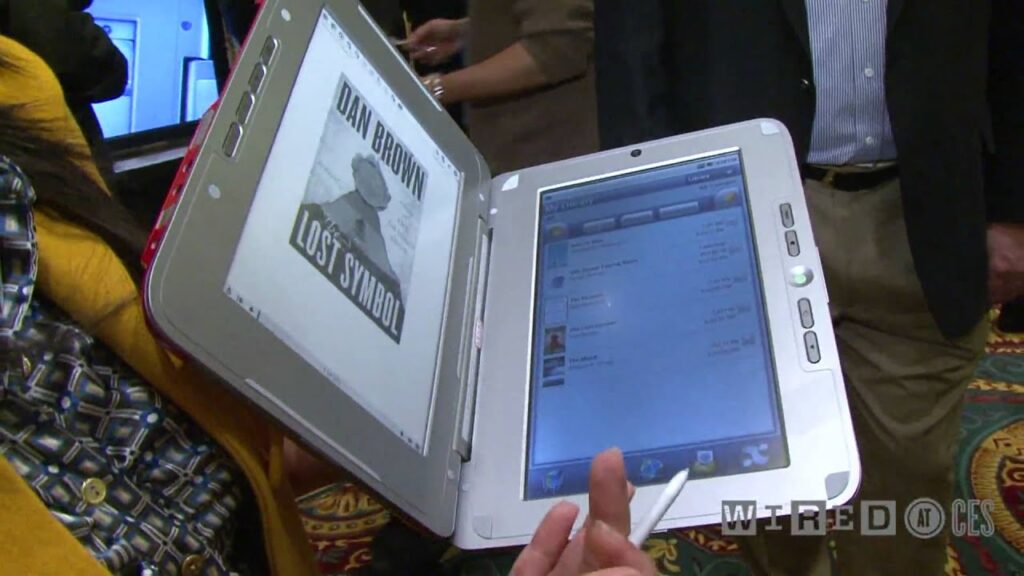The Human Face of Big Data: Revealing the Power of Data and Technology on Human Lives
Summary
The Human Face of Big Data is a photography and research project that aims to showcase how big data is changing the way people live and interact with each other. Rick Smoli, the visionary behind the project, discusses the potential of big data to improve many aspects of life, even as concerns about privacy are raised. The project has identified fascinating findings such as the massive amount of information generated every two days, compared to what was generated in a lifetime in the 15th century. Smoli highlights various stories that showcase the power of using data for good, from early earthquake warning systems to tracking animal migrations patterns. Data and technology are being leveraged to address healthcare and global issues and the potential of big data to measure and respond to problems in real-time is immense.
Table of Contents
- Introduction: The Human Face of Big Data Project
- Q&A
- What is Big Data?
- How Was the Project Conceptualized?
- What Stories Stood Out in the The Human Face of Big Data Project?
- How Can Data & Technology Be Used for Good?
- Are There Any Concerns About Privacy & Ownership of Data?
Introduction: The Human Face of Big Data Project
The term “big data” has become ubiquitous, and most people today are familiar with the idea of companies and institutions crunching massive amounts of information generated by humans. However, despite the increasing use of big data, many of us fail to appreciate its enormous impact on our daily lives. Photographer and data enthusiast, Rick Smoli, conceptualized a project that would explore the ways in which big data was changing human lives around the world. The result was the “Human Face of Big Data,” a photography and research project launched in 2012 that explored new ways of understanding and visualizing data in our daily lives.
Q&A
What is Big Data?
Big data refers to the massive amount of information generated by humans every two days. The amount of data being generated makes analyzing and understanding it using previous technologies impossible. However, emerging technologies allow the measurement and analysis of big data.
How Was the Project Conceptualized?
As the term “big data” started to become more frequent in conversation, Rick Smoli decided to learn more about it. He discovered that while businesses were using big data to drive their operations, not many people had considered its potential impact on our day-to-day lives. This led him to conceptualize a project that would explore the human face of big data.
What Stories Stood Out in The Human Face of Big Data Project?
One of the most memorable stories from the project was the use of an accelerometer in laptops to create a free, crowd-sourced earthquake early warning system in Palo Alto. This tool proved to be very helpful in the aftermath of a devastating earthquake. Another fascinating story was about the Magic Carpet, a carpet that senses activity to send messages to loved ones for medical assistance. The collaboration between 23andMe and Parkinson’s patients was another interesting story. By analyzing their DNA, these patients could help researchers find new treatments for the disease.
How Can Data & Technology Be Used for Good?
Data & technology can be used for the benefit of society in numerous ways. As highlighted by Smoli, Japan installed an early earthquake warning system that helped save lives during a devastating earthquake. Another interesting project is the mapping of migration patterns and ocean currents using animal sensors. There are also devices that track physical activity and sleep or apps that allow people to compare and share their daily lives. Healthcare is a core area where data & technology is taken seriously. One example is the creation of a device that recognizes the digital signature of every device in your home, allowing people to understand their electricity usage better.
Are There Any Concerns About Privacy & Ownership of Data?
There is a concern about privacy and ownership of data from some critics. The fact that so much data is being collected creates more opportunities for breaches or leaks. In addition, people are unsure about who has access to the data and how it’s being used. We must be proactive as a society and impose regulations that ensure privacy, safety, and ethics regarding data usage.
Conclusion
The Human Face of Big Data is a massive project that explores how big data is shaping and transforming human lives. Rick Smoli has shown how big data is rapidly changing various disciplines, from healthcare to environmental studies. However, as Smoli noted, with great power comes great responsibility. We must appreciate and recognize the potential of big data to not only anticipate but to proactively solve problems in our communities. At the same time, we must also address concerns about data privacy and ownership to ensure that the benefits generated by big data are available to everyone.






